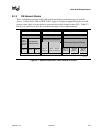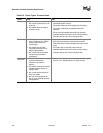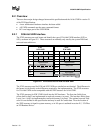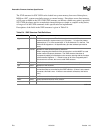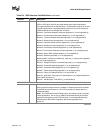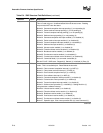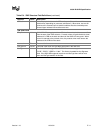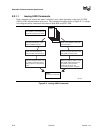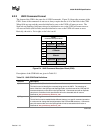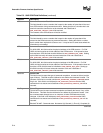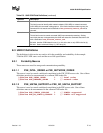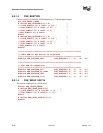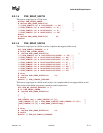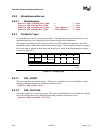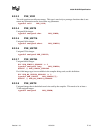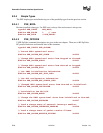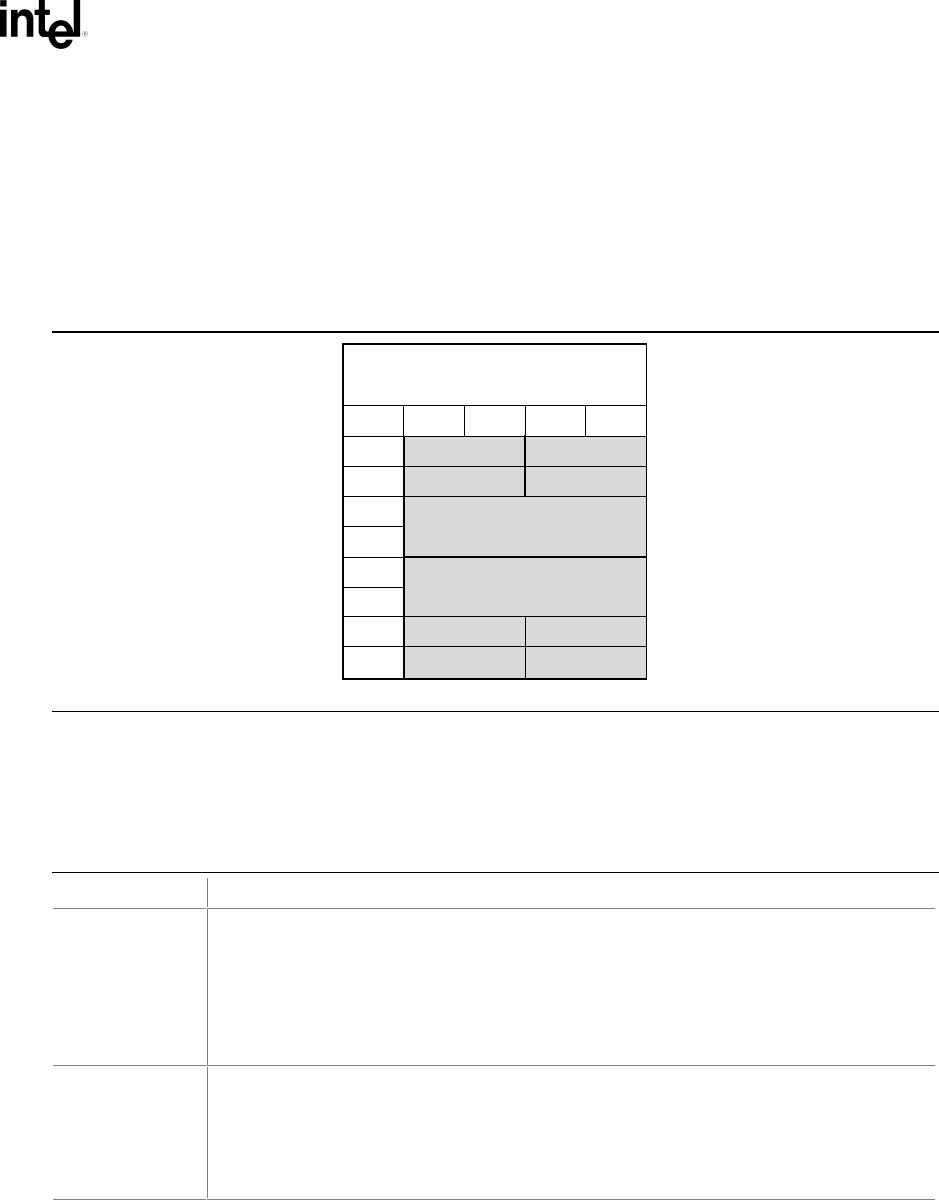
32/64-Bit UNDI Specification
Version 1.10 12/01/02 E-13
E.2.2 UNDI Command Format
The format of the CDB is the same for all UNDI commands. Figure E-4 shows the structure of the
CDB. Some of the commands do not use or always require the use of all of the fields in the CDB.
When fields are not used they must be initialized to zero or the UNDI will return an error. The
StatCode and StatFlags fields must always be initialized to zero or the UNDI will return an error.
All reserved fields (and bit fields) must be initialized to zero or the UNDI will return an error.
Basically, the rule is: Do it right, or don’t do it at all.
OM13185
CDB
Command Descriptor Block
Offset
0x00
0x04
0x08
0x0C
0x00
0x01 0x02
0x03
OpCode OpFlags
CPBaddr
DBaddr
0x10
0x14
0x18
0x1C
CPBsize DBsize
StatCode StatFlags
IFnum Control
Figure E-4. UNDI Command Descriptor Block (CDB)
Descriptions of the CDB fields are given in Table E-5.
Table E-5. UNDI CDB Field Definitions
Identifier Description
OpCode Operation Code (Function Number, Command Code, etc.)
This field is used to identify the command being sent to the UNDI. The meanings of
some of the bits in the OpFlags and StatFlags fields, and the format of the CPB and DB
structures depends on the value in the OpCode field. Commands sent with an OpCode
value that is not defined in this specification will not be executed and will return a
StatCode of PXE_STATCODE_INVALID_CDB.
OpFlags Operation Flags
This bit field is used to enable/disable different features in a specific command operation.
It is also used to change the format/contents of the CPB and DB structures. Commands
sent with reserved bits set in the OpFlags field will not be executed and will return a
StatCode of PXE_STATCODE_INVALID_CDB.
continued



